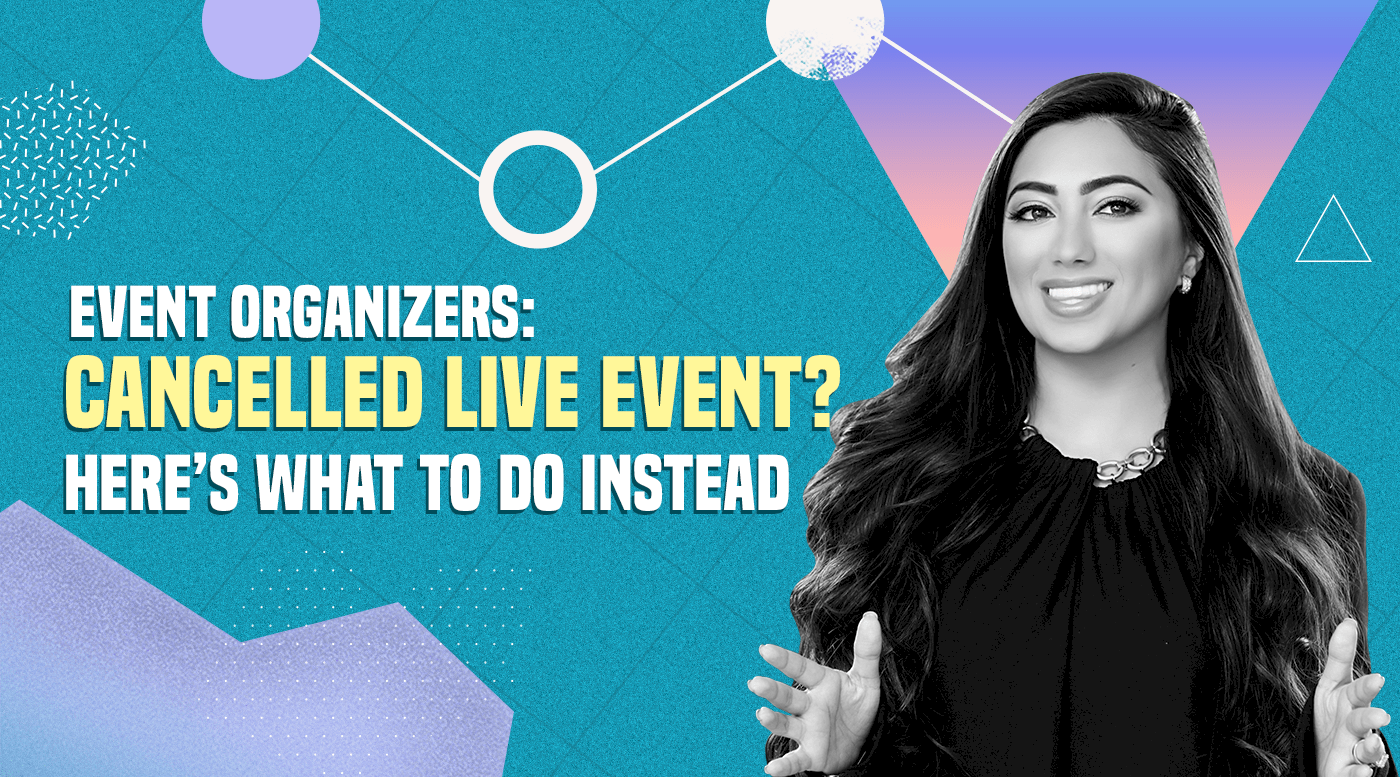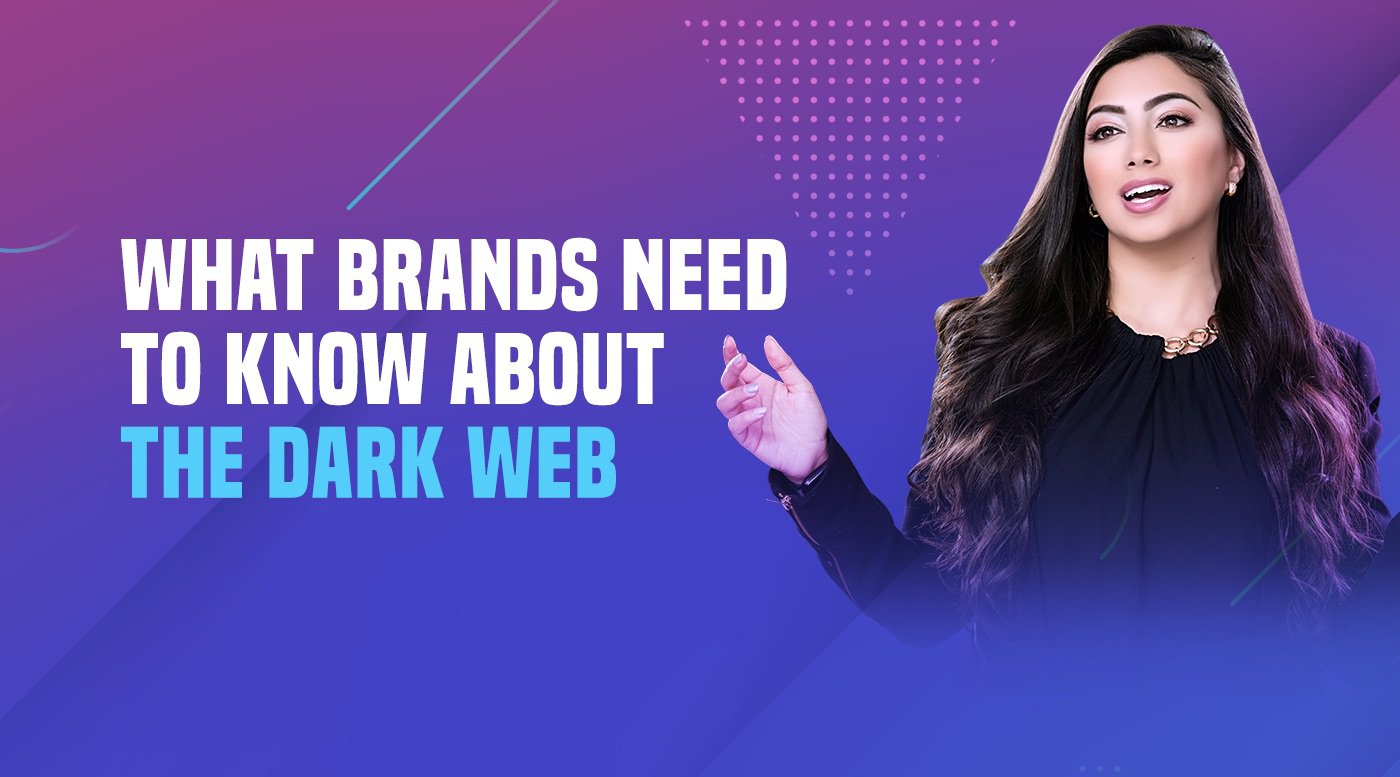4 Winning Strategies from a Brand that Bet on Women’s Empowerment
Under the bright lights of a soccer pitch, a Saudi woman stands on the sidelines of men playing in a match. As she steps into the game herself, she pulls up a band on her arm—the symbolic sign of a team captain.
This was the launch video for the Captainah campaign for the Middle Eastern ride-sharing company, Careem.
Seeing this video, I couldn’t help but feel a surge of incredible respect and admiration for the women of Saudia Arabia who fought so courageously and sacrificed so much to literally “take the wheel” and win a new level of freedom.
As I took the time to learn the bigger story behind Careem’s inspirational and wildly successful campaign, I couldn’t help but take note of something. Namely, how perfectly the strategies it employed mirrored the findings of the research my team and I at Zen Media recently conducted and released in our report, Marketing to Gods.
Together, these strategies represent a perfect storm of insight, influence, attention and impact that brands everywhere can apply to effectively reach, engage, and retain today’s modern, empowered consumer.
Understand and resolve connected consumers’ contradictory needs.
One of the signs of a brand that’s truly leading the way rather than merely following in the footsteps of its competitors is whether it’s taken the time to design and conduct research to gain new insight into its audience.
The moment that Saudi Arabia lifted its long-standing driving ban for women, Careem began researching its audience, setting up a Women’s Female Captain Committee. This committee was created to help Careem better understand the barriers that female would-be drivers were facing, as well as to identify successful ways to overcome these barriers.
Careem’s findings — that women who wanted to drive for the brand prized their independence yet were also dependent on their peers and on the brand itself to help them navigate their way to a decision — dovetails with our research findings. Brands that take the time to understand and resolve connected consumers’ contradictory needs and desires will not only inspire trust and loyalty but also successfully differentiate themselves from their competitors.
Stand for something larger than yourself.
One of the chief learnings of the research we conducted into today’s connected consumer is that they have very little interest in brands that don’t stand for something larger than themselves. They also have very little tolerance for brands that don’t consistently walk their talk, which often means putting their money (their ad budget) where their mouth is.
Today’s consumers want brands to be on the right side of history, and Careem joined the ranks of brands like Nike and Proctor & Gamble when it took a principled (and controversial) stand for the rights of women. Moreover, by celebrating the revolutionary role Saudi women were playing, Careem was able to successfully connect with them in their time of triumph and transition.
Honor connected-consumers god-like power.
I always have a slight hiccup when I hear marketers say, “Make your audience the hero.” While there’s a wonderful truth in this that I don’t want to lose (namely, that it’s not about the brand, it’s about the customer), it overlooks a crucial point.
One of the most intriguing findings of our research is that brands don’t have the power to “make” their audience the hero. This power — as discussed extensively in our research report — belongs to connected consumers.
Careem didn’t (and couldn’t) make heroes of the Saudi women who fought for the right to drive. (The idea is actually a bit insulting.) What it could do was simply to recognize, affirm, and champion the heroic nature of what these women had already accomplished and were continuing to fight for. (Which was precisely the approach we took when creating our award-winning video for the Navy Exchange.)
With this recognition, Careem championed the heroics of its women drivers and the equality they had achieved with men (at least behind the wheel) by referring to them as “captainah” (the female counterpart of Careem’s male drivers, whom it refers to as “captains”).
Orchestrate PR opportunities to amplify impact.
A big part of effective PR is about knowing how to amplify impact. This is the approach we took with our now nationally famous Open Letter to Sean Spicer. By amplifying the social buzz around Spicer’s Twitter vendetta against novelty icecream brand Dippin’ Dots, our Open Letter generated more than 10 million views and achieved a potential combined-total reach of 1.4 billion.
Careem took a similar approach. Once its concept of “captainah” began to resonate and reverberate, Careem orchestrated a powerful PR opportunity to amplify this impact.
Careem held a media event in Dubai and introduced its very first captainah, Enaam Gazi Al-Aswad. This provided Enaam with the opportunity to share her story with the Arab News, generating massive social buzz and media coverage.
Within four months of women winning the right to drive, Careem boasted more than 2,000 female drivers on the road. Uber, its arch-rival, reported only a “handful.”
Like Careem, brands that understand and resolve connected consumers’ contradictory needs, stand for something larger than themselves, honor the god-like power of their audience, and orchestrate PR opportunities to amplify impact are those that will win the hearts of minds of today’s modern, empowered consumer…and maybe even make their mark on history.









